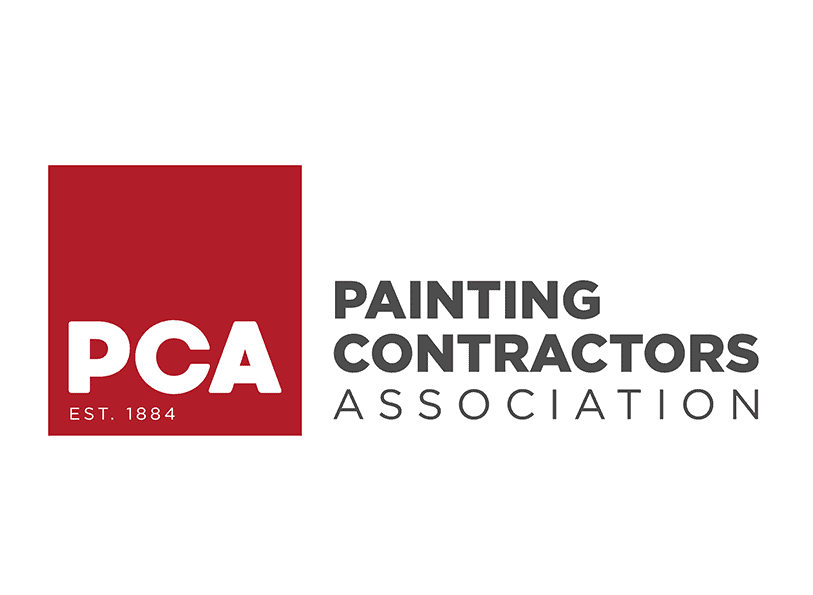08 Sep Do You Need a Primer Before Painting? It Depends!
High-quality paints are better than ever. Formulas are healthier than ever for air quality, provide better surface coverage, and the colors are more saturated. So does this mean you (or us) can skip using a primer when painting? The answer is: it depends on the project.
The Role of a Primer:
Primers contain a higher concentration of solids and an adhesive binder to seal the surface and provide a smoother area for paint to adhere. You can think of it as a first or under-layer when painting. This means that there will be instances where a primer is needed to ensure a better painting result.
When to Use Primer:
-
-
-
- Porous surfaces: If the surface is at all porous (meaning it will absorb a lot of paint or other moisture), then a primer is necessary. It will essentially seal the surface so that paint can properly adhere.
-
-
- One example of a porous surface is new drywall. Both the paper and drywall mud in drywall can easily absorb any type of moisture, including water, oil, or even paint.
- The second example of a porous material is untreated or unstained wood.
-
-
- Stains (damaged) will typically require a coat of primer first to cover the stain. This can include smoke, fire, or water damage, among other sorts of stains. Keep in mind that primer shouldn’t be used as the only remedy for a stain in some cases. For instance, water stains can indicate not just a leak inside the wall but mold as well.
- Odors such as cigarette smoke or pet smells can sometimes be addressed with a high-quality primer. Because drywall can easily absorb odors, using a high-quality primer can (sometimes) be effective in sealing and eliminate odors.
- Glossy surfaces typically require a primer (and a light sanding) before painting. The gloss makes it difficult for the paint to properly adhere. Any surfaces with glossy paint, enamel, or shellac surface will need to be primed before painting.
- Dramatic color changes typically require a primer. For example, the surface is a dark color, and you want to repaint it with a much lighter color. A primer will seal the base color so that it doesn’t show through under a lighter color. Otherwise, you’ll find yourself painting numerous coats of paint to cover up the darker color underneath the lighter one.
- Porous surfaces: If the surface is at all porous (meaning it will absorb a lot of paint or other moisture), then a primer is necessary. It will essentially seal the surface so that paint can properly adhere.
-
-
Conclusion:
When, where, and how to use a primer can be a complex decision, as you can see here. We usually recommend leaving it up to a professional painting crew to handle the project for you. They will know which type of primer to use (there are several kinds) and when and how to use it.

Mike Katounas is the owner of Home Works Painting, a painting business in Northern Virginia. He has over 15 years of experience in residential interior and exterior painting, drywall installation/repair, carpentry, wallpaper removal, power washing, commercial painting, color consultation, and staining/sealing. Their service areas include Chantilly, Fairfax, Herndon, Oakton, Reston. Mike takes pride in his work, and he always follows a strict code of conduct that includes the use of quality paint, a clean workspace, and an honest, respectful approach to his customers.












Sorry, the comment form is closed at this time.